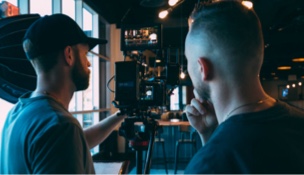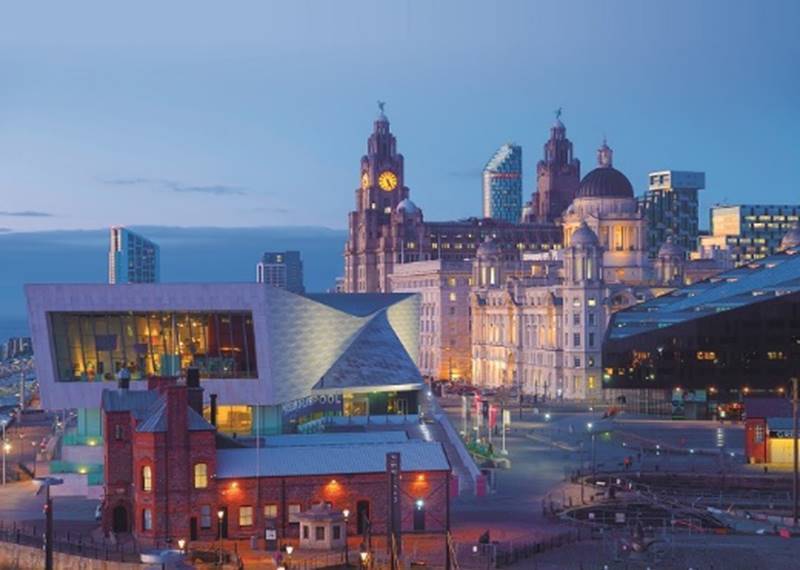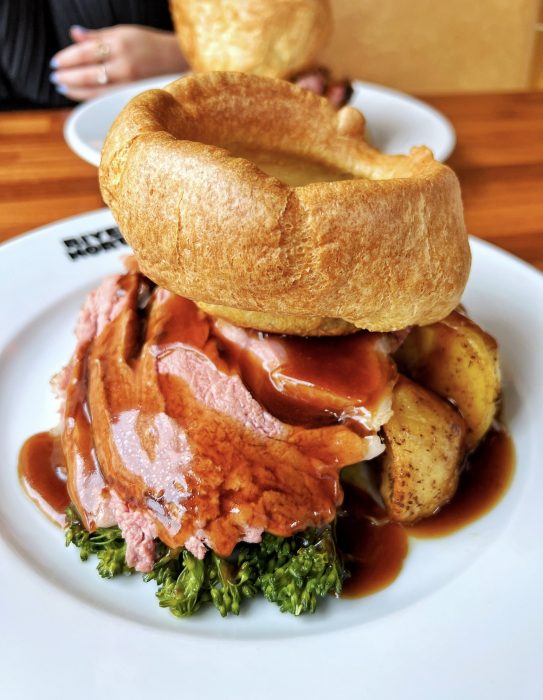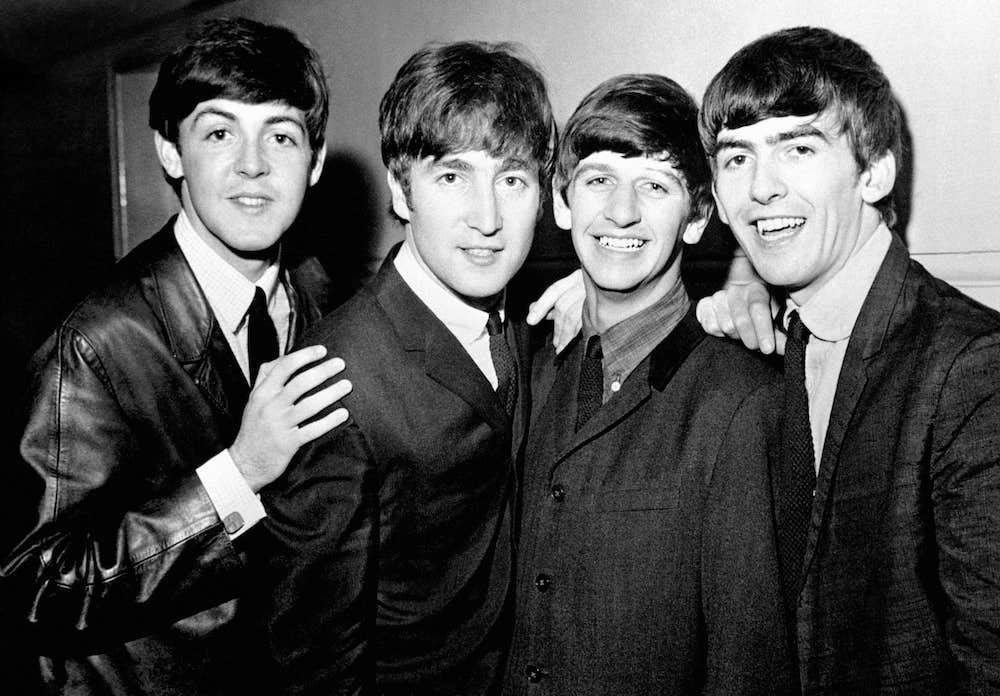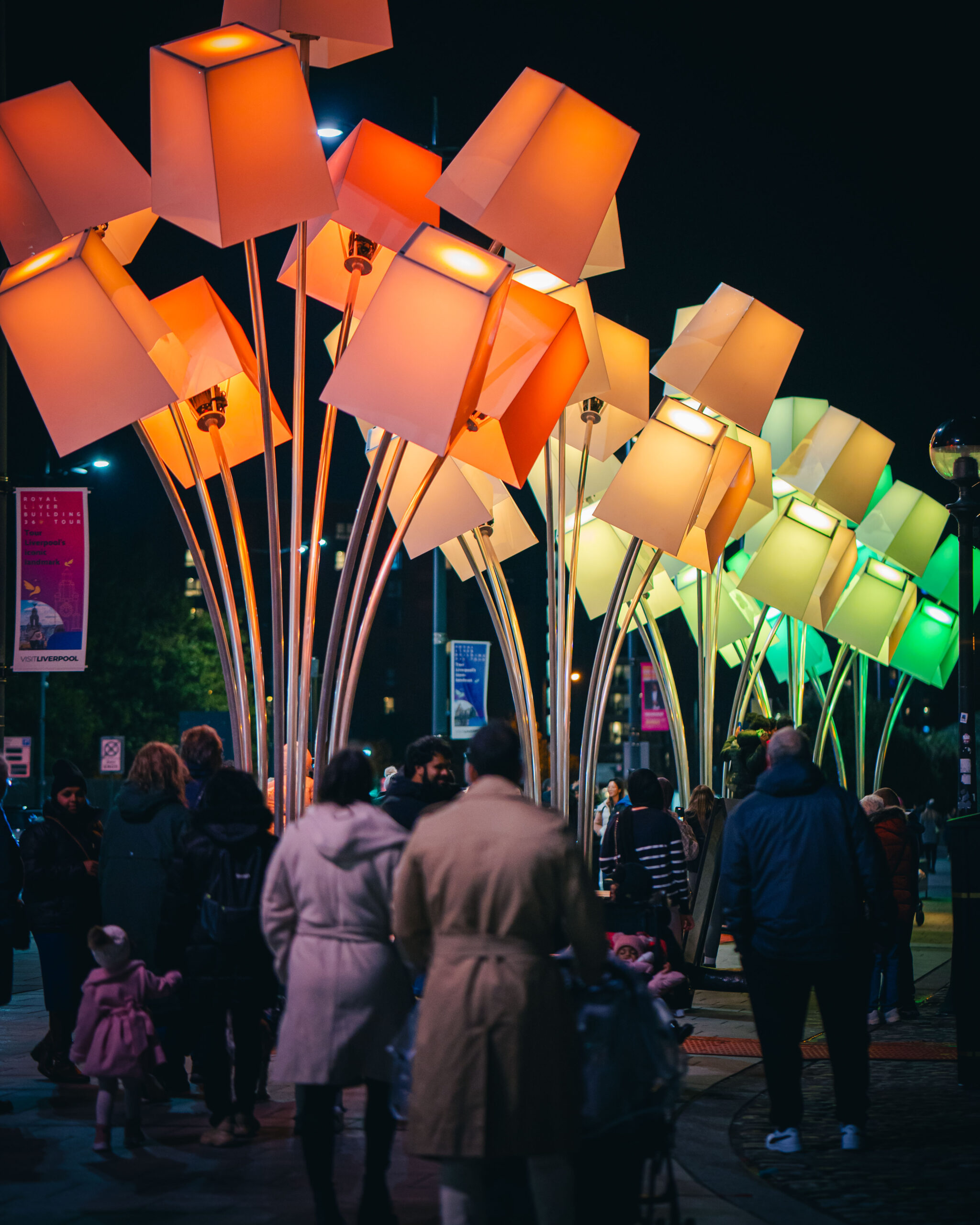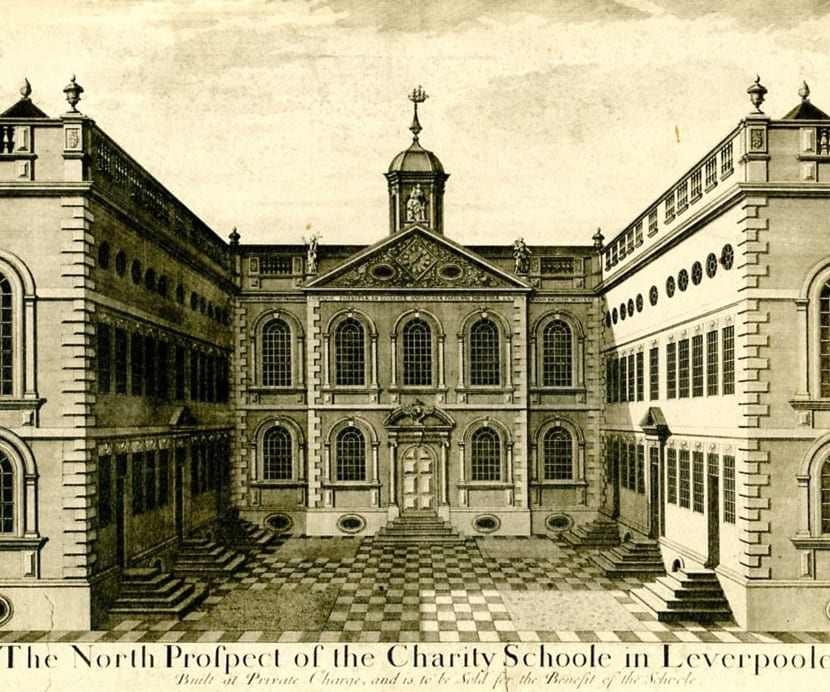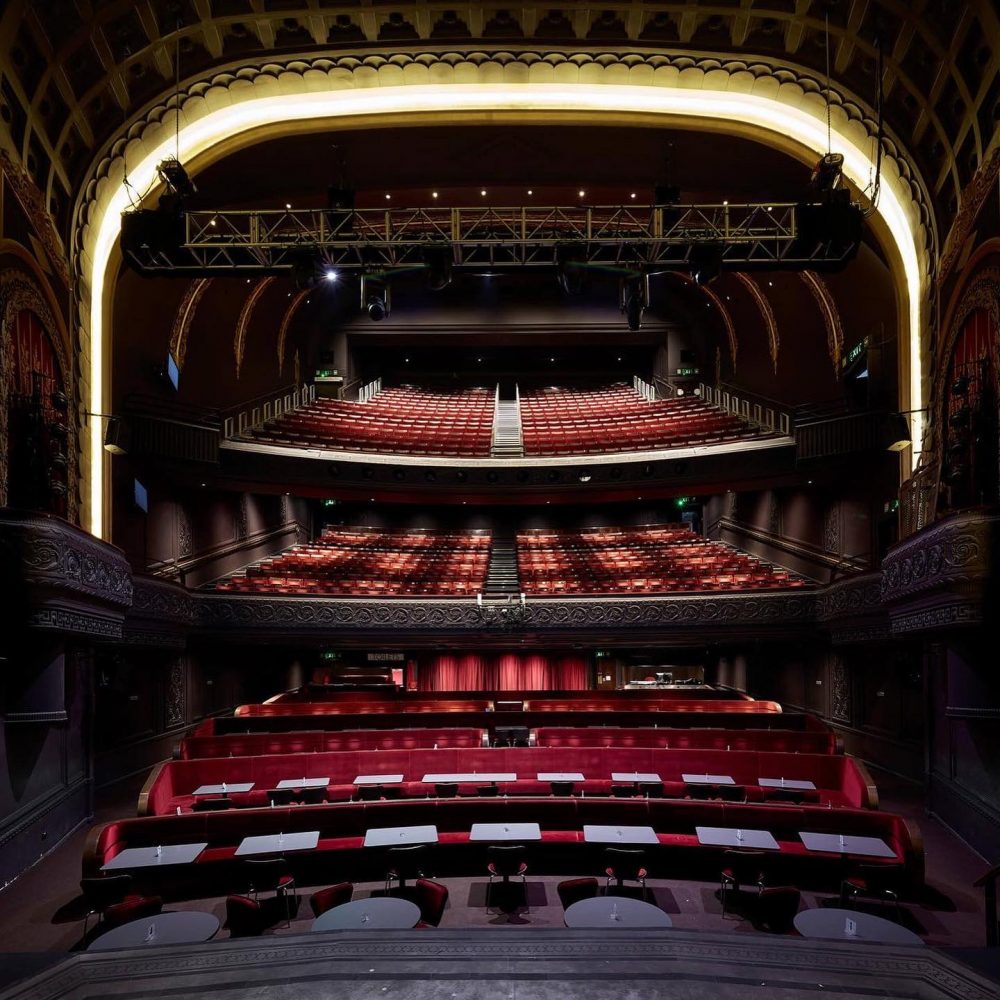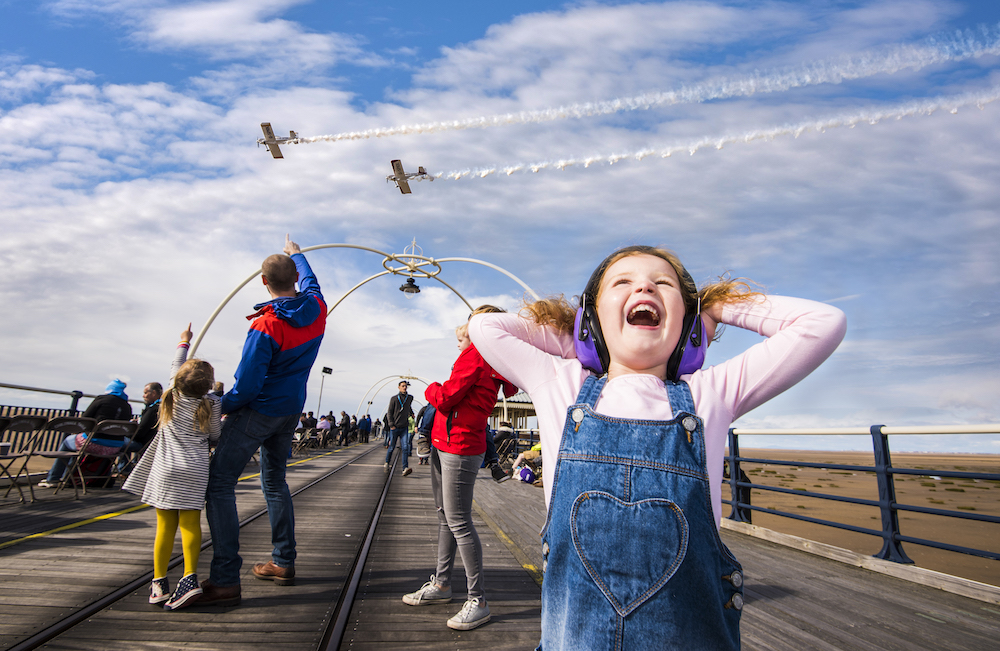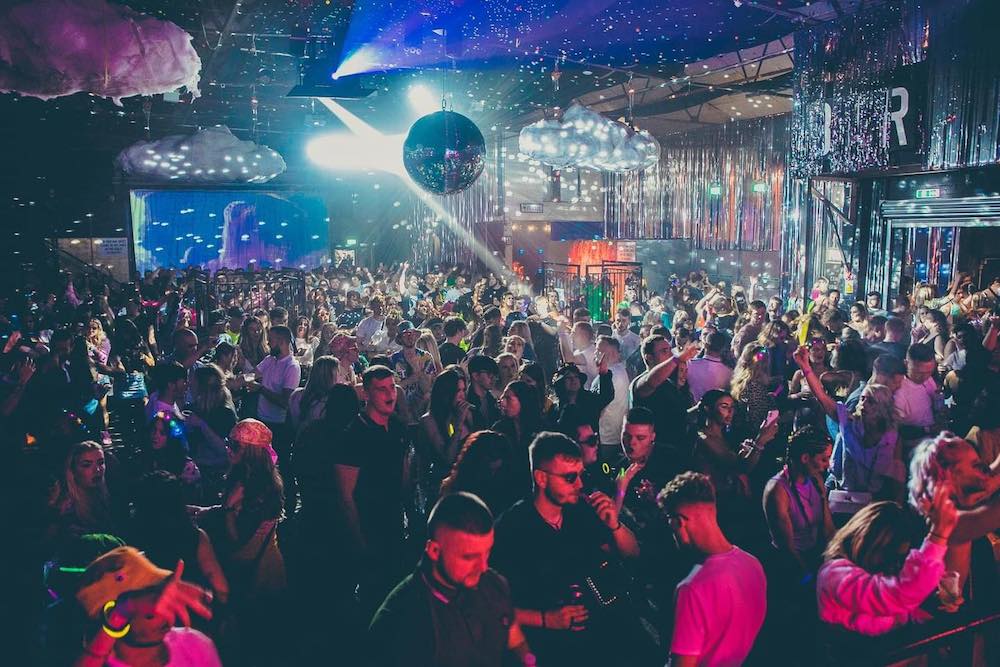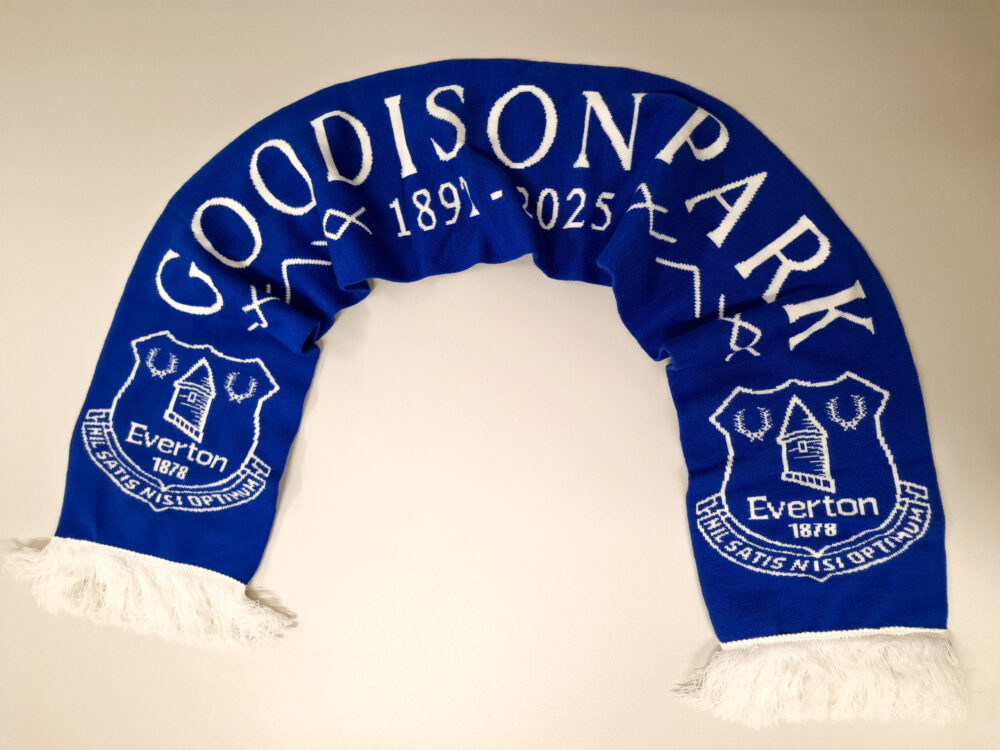
History
Brand new sculpture celebrating British Indian Army unveiled in Liverpool
3 months ago
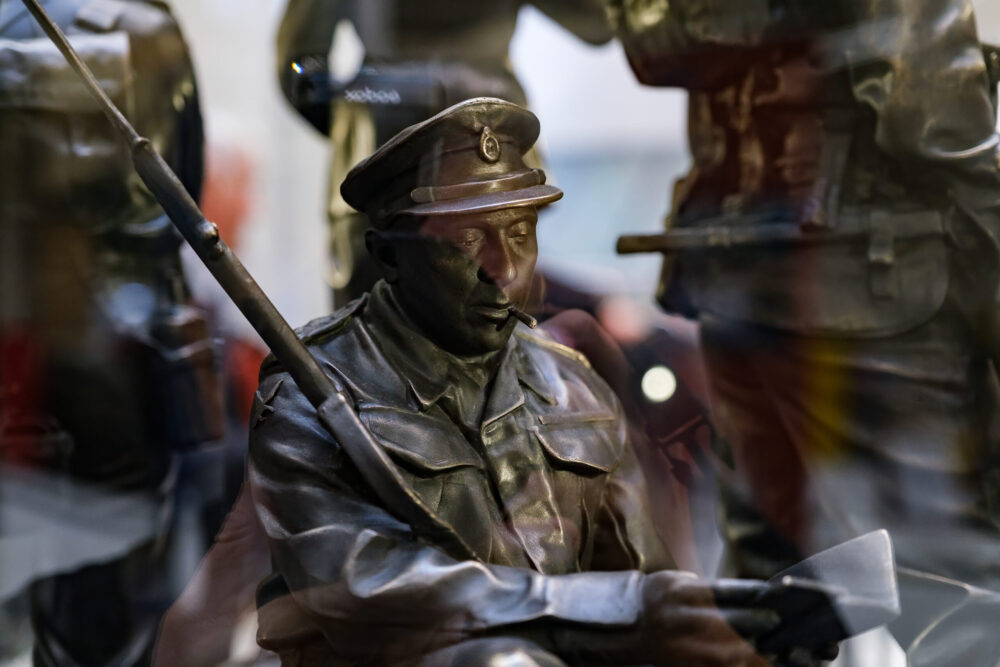
A bronze sculpture has been unveiled in Liverpool on behalf of the Royal British Legion to mark the 80th anniversary of the end of the Second World War and to honour the vital part played by the British Indian Army.
Created by British artist Mahtab Hussain, in partnership with the RBL, the 120kg bronze sculpture which is now on display at Liverpool’s Central Library until mid-November, depicts five figures in uniform, representing the diverse nature of the British Indian Army, including Gurkhas, Muslims, Sikhs and Hindus.
At the unveiling on Saturday night, Mahtab said:
“Learning about the Second World War at school was very much a ‘white’ experience, I had no idea the British Indian Army also fought or that they had more than 2.5 million soldiers.”
Mahtab has a personal connection to that unique generation, as his own grandfather volunteered to serve. He continued:
“When Britain won the war, they did so with the help of millions of soldiers from pre-partition India and around the Commonwealth. It’s important that all aspects of the story are told and everyone is included in Remembrance.”
“The sculpture celebrates the contribution of the largest volunteer army in history and shows the impact of all faiths coming together and fighting for a bigger cause.
The figures in the bronze are based on 3D scans of soldiers currently serving in the Army who all have a family connection to the Second World War. Their stories form part of the wider Royal British Legion ‘Forgotten Army’ exhibition which is set to tour the country after its unveiling at Liverpool’s Central Library. The exhibition which will highlight the diverse, multi-faith Commonwealth contribution made during the Wars, will move onto locations including the RBL’s National Memorial Arboretum in Staffordshire, Oldham Art Gallery and Leicester Museum and Galleries.
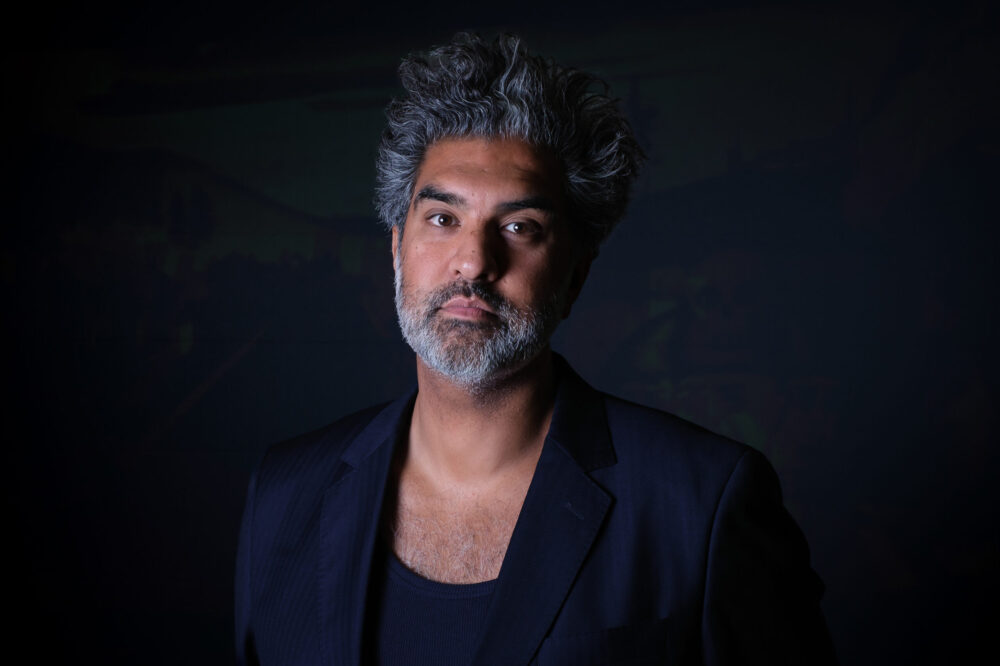
Gail Walters, Head of Network Engagement at the RBL, said:
“The contributions from many different countries – including those in the Caribbean and South Asia – have moulded Britain as it is today. The very nature of Remembrance is about inclusivity and unity – all service should be recognised and remembered.”
Elements of the exhibition have been co-produced by students from Liverpool John Moores University (LJMU), including an augmented reality (AR) experience and The Forgotten Army website which includes shadow puppet animations, interviews, archival imagery and a timeline of the contributions made by Commonwealth soldiers during the Second World War. In addition, students wrote scripts for, directed and performed in a bespoke performance to celebrate the launch of the exhibition, bringing the stories of the five figures depicted in the sculpture to life.
Professor Rachel McLean, Director of the Liverpool School of Art and Creative Industries, said:
“It’s been a real privilege for our students to be involved in this project, delving into the forgotten stories of the soldiers who are honoured in this poignant sculpture. Students across a range of LJMU degree programmes have grasped the opportunity to put their skills into practice, undertaking research, conducting interviews and contributing to the production of the digital media, animation and AR elements. Their original performance was also a highlight of the launch event itself. It’s an experience that our students will certainly never forget.”
For more info, click here.
Find out what’s on in Liverpool here.
Find out what’s good up North on our new platform, The Northern Guide.





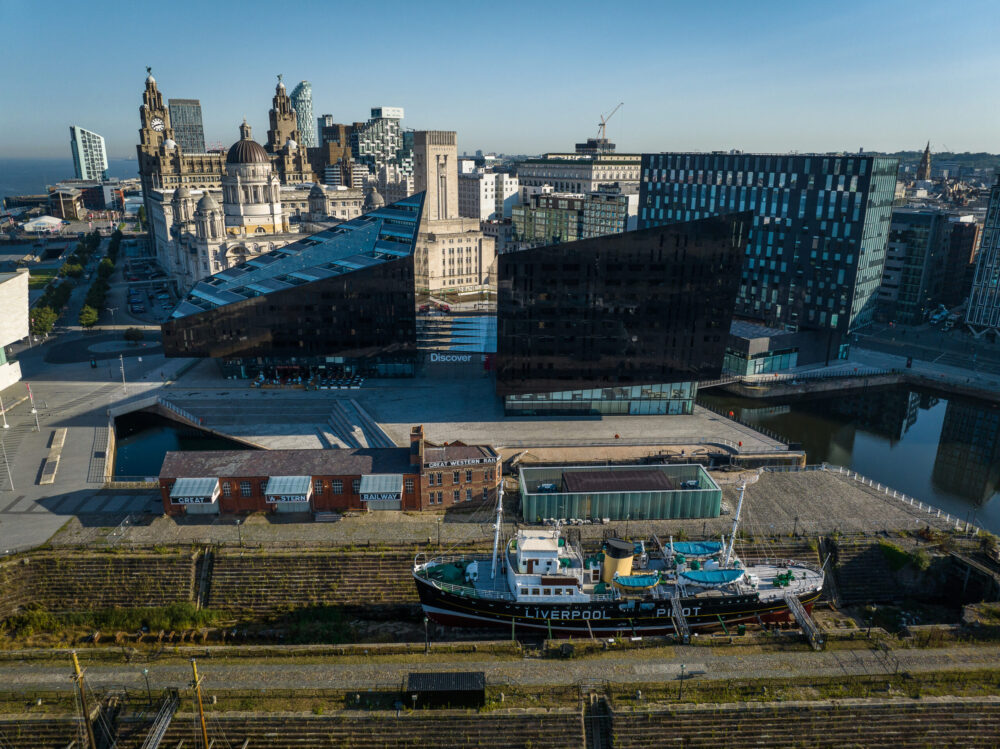
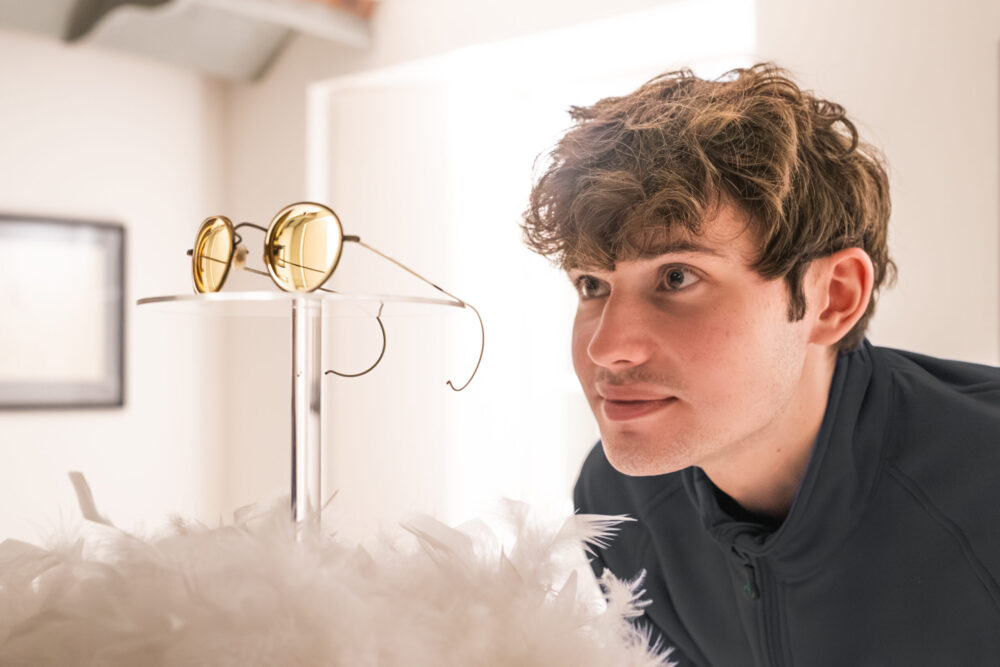
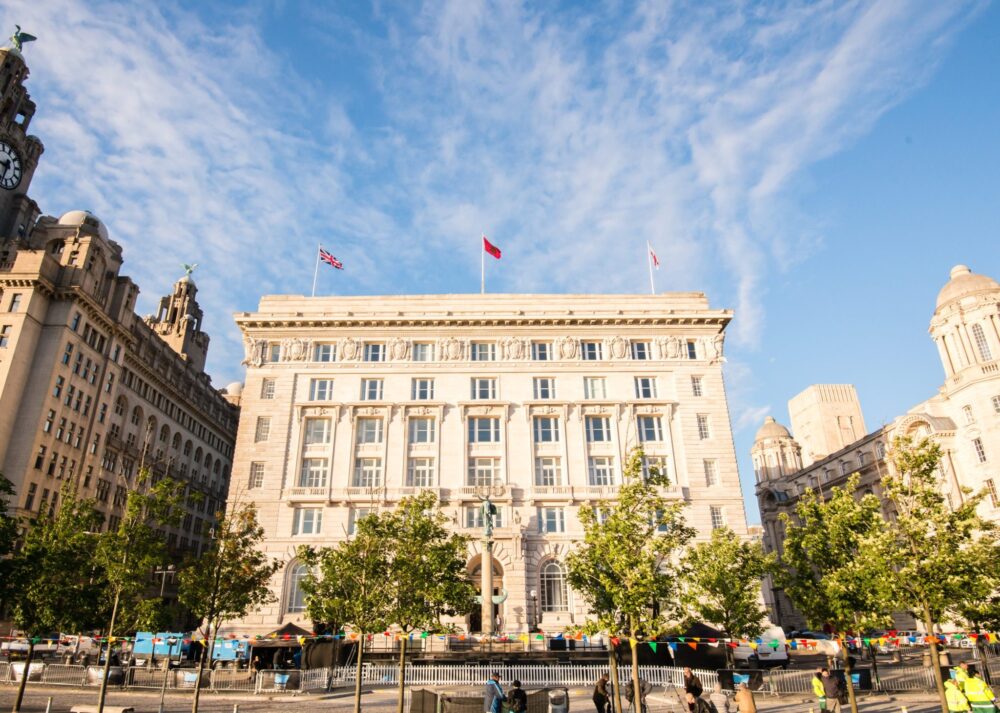
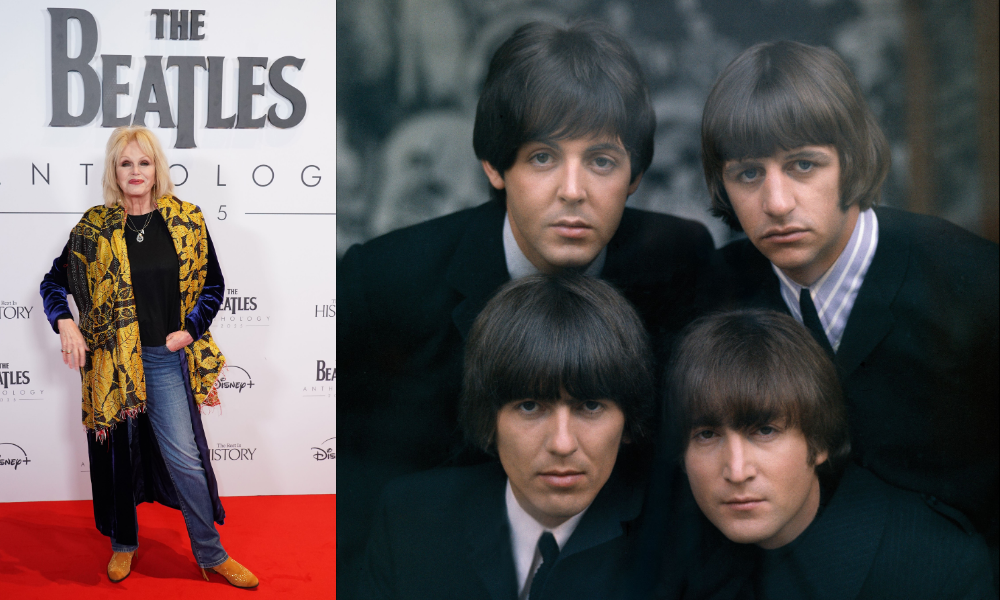
 Subscribe
Subscribe Follow Us
Follow Us Follow Us
Follow Us Follow Us
Follow Us Follow Us
Follow Us Follow Us
Follow Us